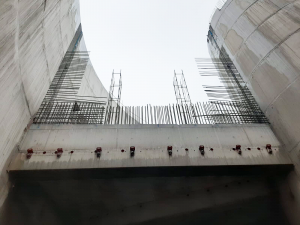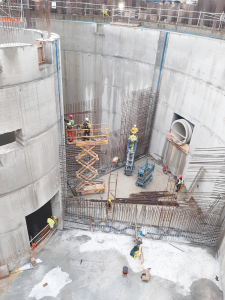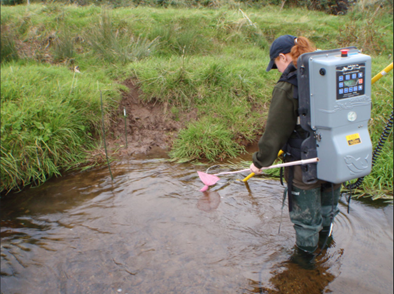The structural design of liquid retaining structures is of vital importance for the supply of fresh water and the disposal of wastewater. They are heavily used for Civil Engineering projects for a variety of different purposes, for example, they are used to limit the flow of wastewater from water treatment plants into the surrounding environment and they are used to prevent infiltration of external substances such as groundwater into clean water tanks.
Like any other structure, liquid-containing structures are designed to have adequate strength and stability to support the design loads imparted on them. For underground tanks, these loads include soil and groundwater pressures, pressures from the tank self-weight, internal contents, and any surcharge loads and imposed loads on top. In addition to designing for strength and stability, liquid retaining structures need to be designed for watertightness. Watertightness is generally the critical design consideration and strength rarely governs in the design of liquid retaining structures. IS EN1992-3 classifies liquid retaining structures by Tightness Class dependent on the degree of leakage permitted. These structures need to be designed to limit the maximum crack widths which varies by Tightness Class.

Cracks are caused by the stresses imposed by the loads acting on the structure and by restrained deformation in the concrete. Factors which help to limit crack widths are the concrete mix design, the area and spacing of the steel reinforcement, the cover to the steel reinforcement, temperature both during placement of the concrete and in service, the quality of workmanship, and the construction sequence.

Concrete in liquid-containing structures can be exposed to varying types of environmental conditions; Chlorides, chemical attacks etc from tank contents or aggressive soil conditions and IS EN206 outlines appropriate concrete mixes and minimum cover to the steel reinforcement for different exposure classes to meet durability requirements. The thickness of the concrete and the area of steel reinforcement is calculated to limit crack widths.
Communication with the contractor is key when considering cracking due to restrained concrete. The type of formwork, the construction sequence, the pour size, and the timing between concrete pours are required to accurately estimate the restraint conditions on the concrete and limit crack widths. Ciria C766 report provides a guide to estimating the magnitude of crack widths due to restrained concrete.
It is important to remember that the design is only as good as the execution, so the quality of workmanship on site plays a key role in delivering a structure fit for purpose. In the case of liquid retaining structures, this is especially the case for the reasons outlined above. Surface preparation and concrete compaction are essential to meet durability requirements.
TOBIN Consulting Engineers have been and currently are involved in the structural design for numerous wastewater treatment plants for Uisce Éireann and are well versed in the design requirements.



